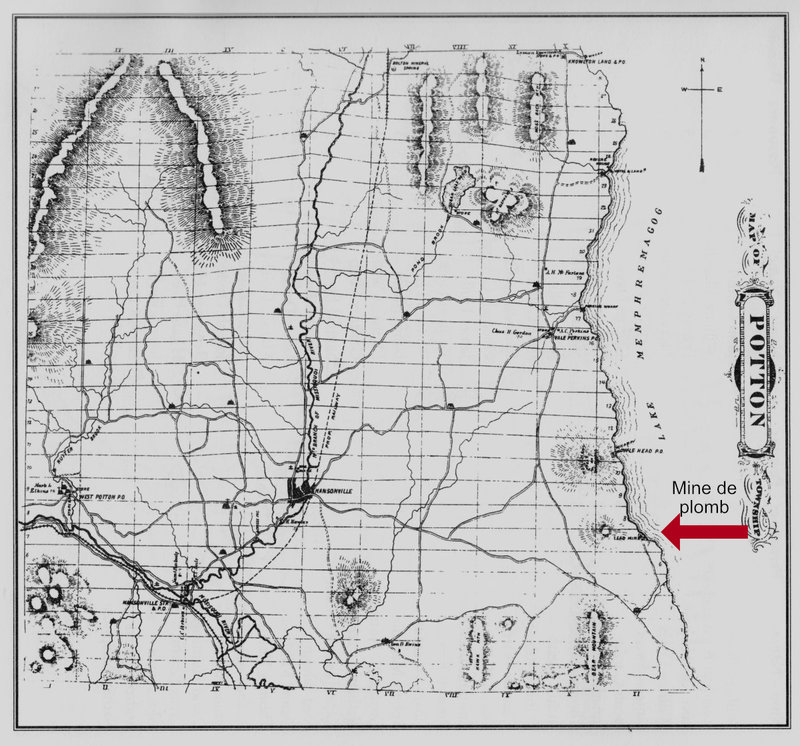Légendes | Owl's Head
Le nom de cette montagne est associé au canton de Potton depuis très longtemps et sa légende bien connue. On la dit nommée en l’honneur d'un chef autochtone du nom de Hibou et que la forme du sommet de la montagne rappelle sa tête (Bullock, 1926). Pour les Autochtones, le nom de Hibou était probablement beaucoup plus prestigieux que simplement celui d'un oiseau, car au Pérou, on a retrouvé dans la tombe d'un roi inca un collier d'argent fait de petites têtes de hibou (Heyerdahl, 1990).
Une autre intéressante légende associée à Owl's Head nous fut rapportée par Arthur Aiken et David Perkins. Cette montagne recèle du plomb et, au début du siècle, une mine fut exploitée. On dit que lors de l’arrivée des premiers colons de Potton, les Autochtones connaissaient un dépôt de plomb au pied de la montagne du côté nord. Ils coupaient ce plomb à la hache et le troquaient avec les blancs à l’endroit aujourd'hui occupé par la marina de Owl's Head. On n'a jamais connu l’endroit de cette cache et les Autochtones sont disparus avec leur secret. II s'agissait vraisemblablement de plomb natif, un terme qui décrit des dépôts naturels de métaux lourds à l’état pur.
Encore aujourd'hui, cette montagne garde un certain mysticisme alors que tous les ans, au solstice d'été, les francs-maçons montent au sommet pour leurs cérémonies d'initiation. Cette loge en plein air fut instituée en 1857.
Native Legends | Owl's Head
The name of this mountain has been associated with Potton for a long time and its legend well known. It was named after a native chief by the name of Owl because the shape of the summit reminds one of his head (Bullock, 1926). For the Natives, the name of Owl was probably much more prestigious than simply that of a bird as can be implied by the discovery in Peru of the burial of an Inca king wearing a necklace made of tiny silver owls (Heyerdahl, 1990).
Another interesting legend associated with Owl's Head was related by Arthur Aiken and David Perkins. This mountain contains lead and a mine was worked. At the time of the first settlers the Natives knew of a lead deposit on the north side of the mountain. They would cut the lead with axes and trade it with the white men at a place near the present day Owl's Head marina. No one ever located the cache and the Natives disappeared with their secret. It appears to have been a vein of native lead, a term that describes natural deposits of heavy metals in a pure state.
Even today, the mountain keeps a certain mysticism as every year, at the time of the Summer Solstice, the Free Masons climb to the top for their initiation ritual. This outdoor lodge was officially established in 1857.

